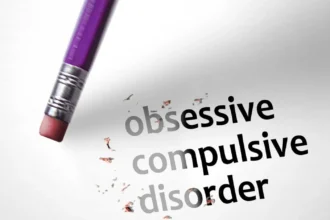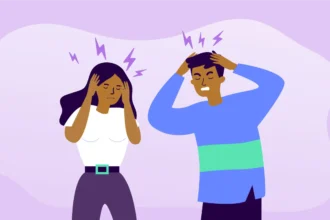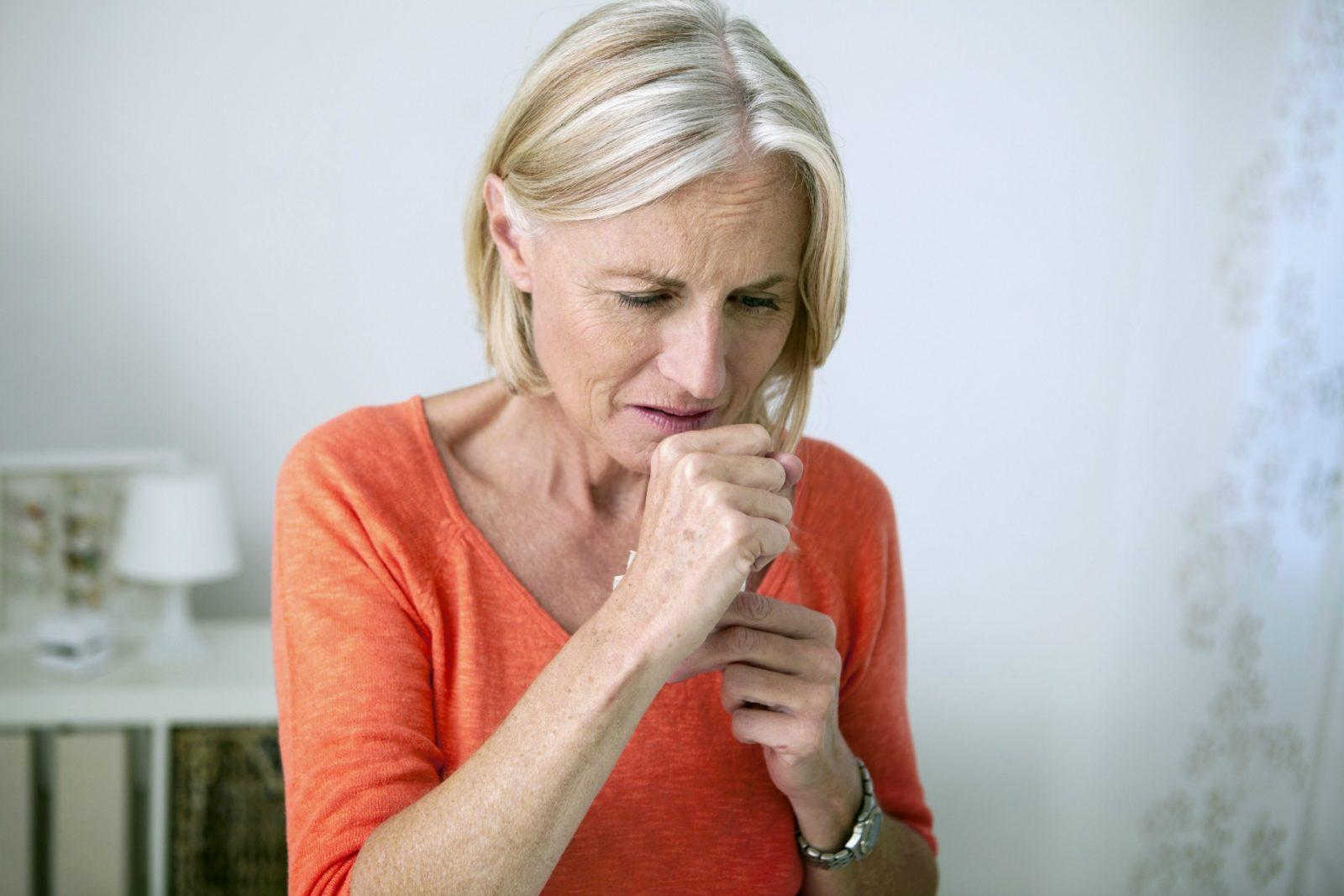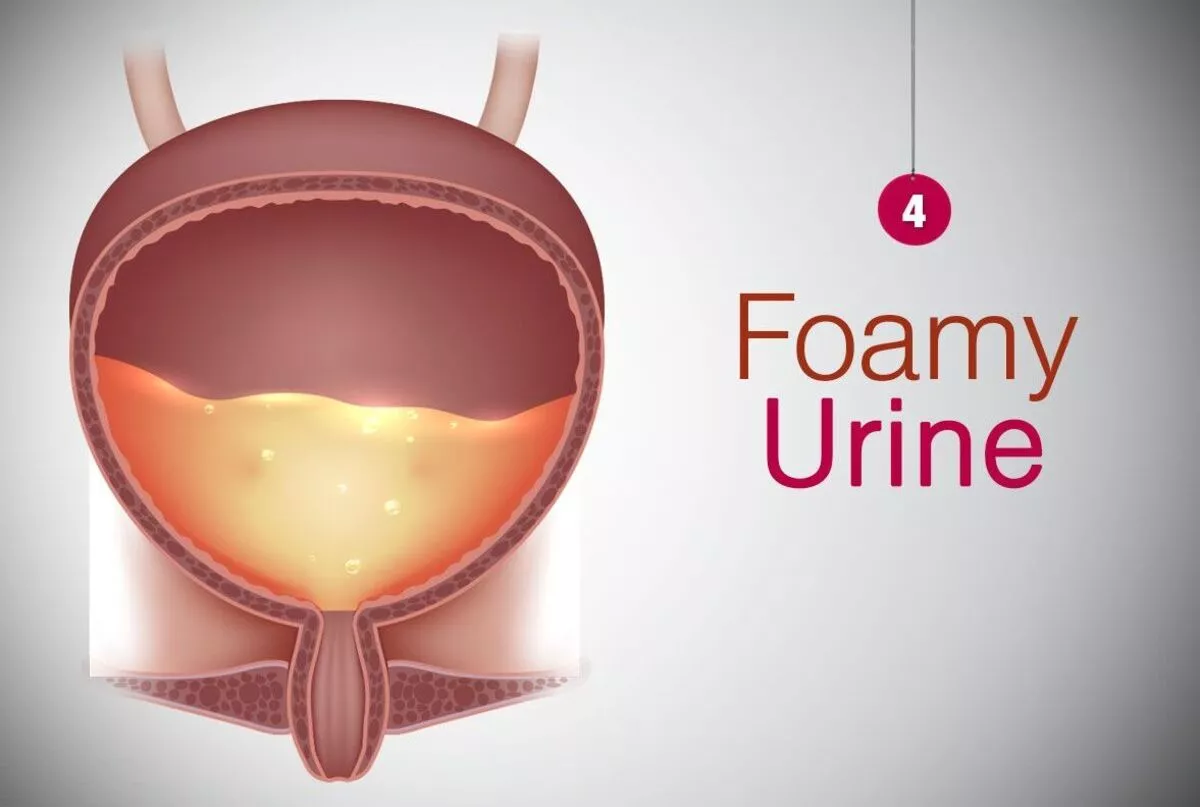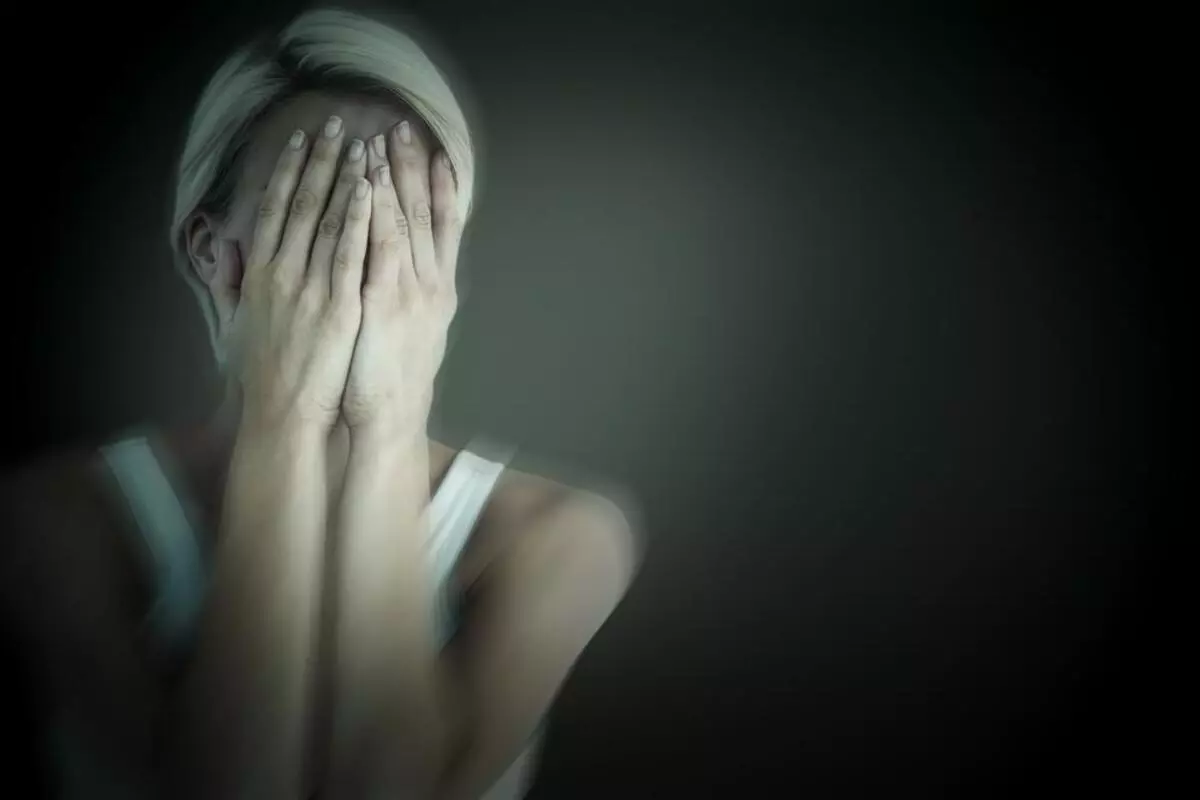Anxiety attacks, also known as panic attacks, can be incredibly overwhelming and distressing experiences. What happens during an anxiety attack? In these episodes, individuals often face a sudden surge of intense fear or anxiety accompanied by a range of physical and emotional symptoms. Understanding what happens during anxiety attacks is crucial in recognizing and managing this challenging condition effectively.
What happens during an anxiety attack?
Excessive and irrational fear and worry are the primary indicators of anxiety disorders. However, there are other emotional symptoms that commonly accompany this condition, including:
- Feelings of apprehension or dread: A constant sense of unease or anticipation.
- Hypervigilance: Constantly watching for signs of danger in the environment.
- Anticipating the worst: Always expecting negative outcomes or catastrophes.
- Trouble concentrating: Difficulty focusing or staying engaged in tasks.
- Feeling tense and jumpy: Persistent restlessness and a sense of being on edge.
- Irritability: Easily becoming agitated or irritable, often without apparent reason.
- Mental blankness: A sensation of your thoughts suddenly disappearing.
Anxiety extends beyond mere feelings; it also manifests through various physical symptoms resulting from the body’s fight-or-flight response. These physical manifestations may include:
- Pounding heart: An accelerated and forceful heartbeat.
- Sweating: Excessive perspiration, often accompanied by clamminess.
- Headaches: Recurring or intense head pain.
- Stomach upset: Digestive discomfort, such as nausea or indigestion.
- Dizziness: A sensation of lightheadedness or unsteadiness.
- Frequent urination or diarrhea: Increased urgency to urinate or irregular bowel movements.
- Shortness of breath: Difficulty breathing or a feeling of suffocation.
- Muscle tension or twitches: Persistent muscle stiffness or involuntary movements.
- Shaking or trembling: Uncontrolled shaking or trembling of the limbs.
- Insomnia: Difficulty falling asleep or staying asleep, leading to sleep deprivation.
Due to these physical symptoms, individuals with anxiety disorders often mistake their condition for a medical illness. Consequently, they may consult multiple doctors and visit hospitals numerous times before their anxiety disorder is correctly diagnosed.
Exploring the Connection between Anxiety Symptoms and Depression: Seeking Comprehensive Treatment
It is not uncommon for individuals with anxiety disorders to experience depression at some point. Anxiety and depression are thought to arise from the same underlying biological vulnerability, which explains their frequent co-occurrence. Given that each condition exacerbates the other, it is crucial to pursue treatment for both simultaneously.
Understanding what happens during an anxiety attack: Unraveling the Episodes of Panic and Fear
Anxiety attacks, commonly known as panic attacks, are intense episodes characterized by overwhelming panic or fear. They typically arise suddenly and without warning, although some attacks may have identifiable triggers, such as confined spaces or public speaking engagements. In other instances, panic attacks occur unexpectedly.
Anxiety attacks usually reach their peak intensity within a span of 10 minutes and seldom extend beyond 30 minutes. During this short duration, individuals may experience terror so profound that they believe they are on the verge of death or losing complete control. The physical symptoms accompanying anxiety attacks can be so distressing that individuals often mistake them for heart attacks. Once an anxiety attack subsides, there may be lingering apprehension about experiencing another episode, particularly in situations where immediate assistance is unavailable or escape is difficult.
Key Symptoms of Anxiety Attacks
- Surge of overwhelming panic: A sudden and intense rush of panic that may feel uncontrollable.
- Feeling of losing control or going crazy: A sense of losing rationality or sanity.
- Heart palpitations or chest pain: Irregular or racing heartbeat accompanied by chest discomfort.
- Feeling like you’re going to pass out: Dizziness or a sensation of imminent fainting.
- Trouble breathing or choking sensation: Labored breathing or a feeling of suffocation.
- Hyperventilation: Rapid and shallow breathing.
- Hot flashes or chills: Sudden waves of heat or coldness throughout the body.
- Trembling or shaking: Involuntary trembling or shaking of the body or limbs.
- Nausea or stomach cramps: Upset stomach or abdominal discomfort.
- Feeling detached or unreal: A sense of disconnection from reality or feeling detached from oneself.
If you find yourself actively avoiding certain situations due to the fear of experiencing a panic attack, it is crucial to seek professional help. It’s important to note that panic attacks are highly treatable, and many individuals achieve freedom from these episodes within five to eight treatment sessions.
How to control of what happens during anxiety attacks?
Controlling what happens during anxiety attacks is an essential aspect of managing this distressing condition. While everyone’s experience with anxiety attacks may vary, there are several effective strategies that can help regain control and reduce the intensity of symptoms. Here are some techniques that may be helpful:
- Deep Breathing: Practice deep, slow breaths in through the nose and out through the mouth. Focusing on your breath can help regulate your heart rate and provide a sense of calm.
- Progressive Muscle Relaxation: Start by tensing and then releasing each muscle group in your body, starting from your toes and working your way up. This technique promotes physical relaxation, which can alleviate the tension associated with anxiety attacks.
- Grounding Techniques: Engage your senses to anchor yourself in the present moment. Focus on specific details around you, such as the texture of an object or the sounds in your environment, to redirect your attention away from anxious thoughts.
- Challenge Negative Thoughts: During an anxiety attack, negative thoughts and catastrophic thinking can escalate the situation. Challenge these thoughts by questioning their validity and replacing them with more realistic and positive alternatives.
- Self-Care: Prioritize self-care activities that promote relaxation and well-being, such as engaging in regular exercise, getting enough sleep, eating a balanced diet, and practicing stress-reducing activities like meditation or yoga.
- Seek Support: Reach out to a trusted friend, family member, or mental health professional who can provide understanding, guidance, and support during anxiety attacks. They can offer strategies tailored to your specific needs and help you develop coping mechanisms.
- Relaxation Techniques: Explore different relaxation techniques such as listening to calming music, using aromatherapy, taking a warm bath, or engaging in activities that bring you joy and help you unwind.
What are the treatments for anxiety?
There are several treatments available for anxiety disorders, including anxiety attacks. The most effective approach often involves a combination of therapies tailored to the individual’s needs. Here are some common treatment options:
- Psychotherapy (Talk Therapy): Various forms of psychotherapy, such as cognitive-behavioral therapy (CBT), are commonly used to treat anxiety disorders. These therapies help individuals identify and challenge negative thought patterns, develop coping skills, and learn relaxation techniques to manage anxiety.
- Medication: In some cases, healthcare providers may prescribe medications to help alleviate the symptoms of anxiety disorders. Antidepressants, such as selective serotonin reuptake inhibitors (SSRIs) or benzodiazepines, may be prescribed to reduce anxiety symptoms. It’s important to consult with a psychiatrist or a healthcare professional to determine if medication is appropriate for your specific situation.
- Exposure Therapy: This form of therapy is often used to treat specific phobias or panic disorder. It involves gradually exposing the individual to the feared situation or object in a controlled and supportive environment, helping them build tolerance and reduce anxiety over time.
- Mindfulness-Based Therapies: Mindfulness-based therapies, such as mindfulness-based stress reduction (MBSR) or acceptance and commitment therapy (ACT), can help individuals develop awareness of their thoughts and emotions, increase acceptance, and develop effective strategies for managing anxiety.
- Relaxation Techniques: Learning and practicing relaxation techniques, such as deep breathing exercises, progressive muscle relaxation, or guided imagery, can help reduce anxiety levels and promote a sense of calm during anxiety attacks.
- Support Groups: Joining support groups or group therapy sessions specifically for anxiety disorders can provide individuals with a sense of community, validation, and a platform to share experiences and learn from others who may be facing similar challenges.
Read more: Post anesthesia anxiety attacks





